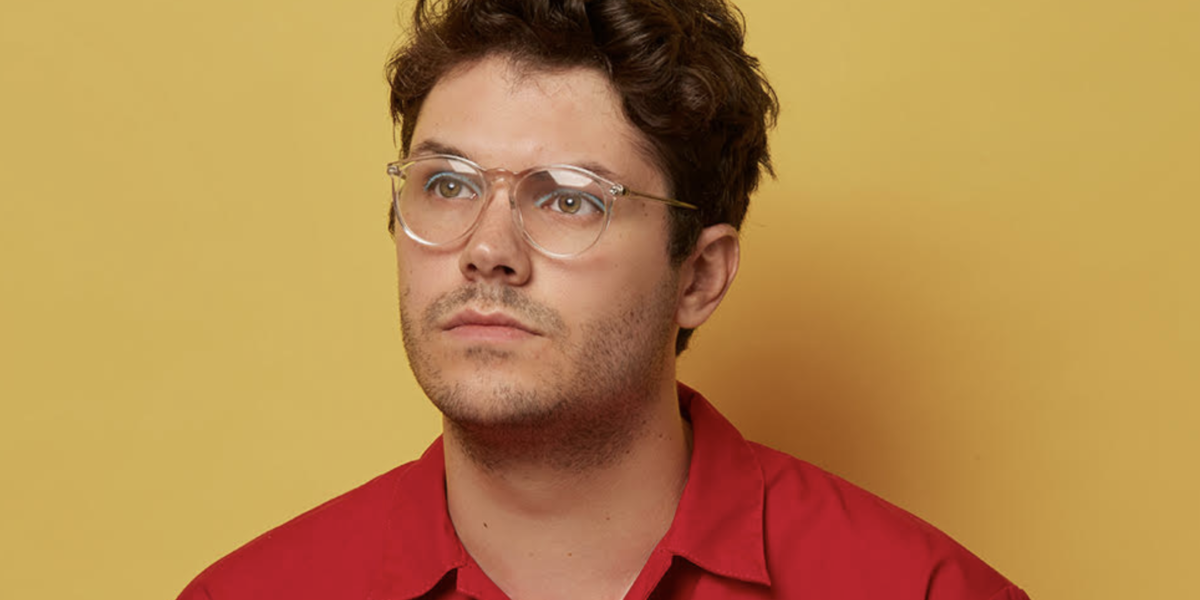
For Graphic Design alum James Marshall ’16, staying open to experiments is key
Thursday, September 19th, 2019
When graphic designer James Marshall ’16 thinks back to the lessons he absorbed at PCA&D, he says three overall practices still impact his work every day:
Gather input. Experiment with those ideas. And figure out how to fit that inspiration into a workflow that’s personal to you.
Marshall, who specializes in web design, product design, print, and branding, took time out from his MFA work at MICA to present the Sept. 17 Atrium Talk.
Whatever their area of interest, Marshall said students should look for ways in which it intersects with other disciplines. Graphic designers, for instance, should at least experiment with the notion of 3D design.
Other advice from Marshall, who also is completing an internship with designer Jessica Walsh, owner of & Walsh:
* Reach out to your fellow artists through nontraditional channels. He recently collaborated on a project with a South Korean artist he contacted via Instagram.
* Posters are a chance to experiment stylistically. He’s interested in how design fits into protesting, “something that’s especially pertinent now,” and challenge the notion of what a protest poster “should be.” Why, he asks, “can’t they be eye-catching, with beautiful typography and eye-catching colors?”
* He predicts other crossovers are imminent, such as posters which use technology to incorporate motion. “Protesting in the digital world translates into augmented reality,” Marshall says, “using your phone to see the message.”
And, of course, it all goes back to the foundation of the three lessons he’s carried over from his PCA&D student days:
1. Find your design workflow. Find the process that allows you to design and create in your own way.
2. Input is just as important as output. “The more you know about the field you’re in,” Marshall said, “you’ll be able to make better design choices.”
3. That information-gathering, though, isn’t the only thing that leads to better design choices. Experimentation and iteration also lead to better choices and, sometimes, to full-blown design projects.
